Aeravation vs. Aeration: Which Is Right for Your Lawn?
Taking care of your lawn requires knowledge of various techniques that enhance soil health and grass growth. Two commonly discussed methods are aeravation and aeration. While these techniques may sound similar, they have distinct applications and benefits. Choosing the right method can make a significant difference in your lawn's overall health. This article explores the differences between aeravation and aeration, helping you determine which approach is best for your lawn.
Improve Soil Health With Aeration
Aeration is a widely used lawn care practice designed to relieve soil compaction. This method involves perforating the soil with small holes to allow air, water, and nutrients to reach the grassroots more effectively. By breaking up compacted soil, aeration promotes better root development and enhances overall lawn health.
According to Lawn Starter, most lawns will benefit from aeration done every one to five years, depending on soil composition and foot traffic. Lawns with clay-heavy soil or those exposed to frequent use benefit the most from regular aeration. This method prevents excessive thatch buildup and ensures that essential nutrients reach the root zone. If your lawn has been struggling with poor water absorption or weak grass growth, aeration might be the solution you need.
Enhance Soil Structure With Aeravation
Aeravation is an advanced method designed to improve soil health without removing soil plugs. Unlike aeration, aeravation machines use vibrating steel tines to fracture the soil beneath the surface. This subsurface loosening enhances air, water, and nutrient infiltration more effectively than traditional aeration, making it an excellent choice for severely compacted lawns.
One of the key advantages of aeravation is its ability to address extreme soil compaction while leaving the surface largely undisturbed. Unlike aeration, which leaves visible soil plugs on the lawn, aeravation maintains a cleaner appearance while still improving soil conditions. If your lawn has suffered from heavy foot traffic, machinery use, or other stressors that lead to severe compaction, aeravation may provide superior results.
Choose the Best Method Based on Lawn Needs
Deciding between aeration and aeravation depends on various factors, including soil condition, lawn health, and maintenance goals. If your lawn is relatively healthy and only requires occasional treatment to prevent compaction, aeration is a cost-effective and practical option. However, if your lawn faces severe compaction issues, aeravation may offer a more effective long-term solution.
Lawn owners should also consider the frequency of treatment needed. We find that aeration should be performed once a year or every few years, depending on soil type and usage. In contrast, aeravation can provide longer-lasting benefits for heavily compacted areas, reducing the need for frequent maintenance. Evaluating the specific conditions of your lawn will help you determine the best approach for its care.
Minimize Lawn Disruption with Aeravation
One common concern for homeowners is the visual impact of soil treatments. Traditional aeration leaves noticeable plugs on the surface, which can take time to break down. This temporary disruption might be undesirable for those who prioritize the appearance of their lawn.
Aeravation, however, works beneath the surface without removing soil plugs, maintaining a neater look while still improving soil structure. This makes aeravation a preferred choice for those who want effective soil treatment without sacrificing their lawn's aesthetic appeal.
Consider Cost and Long-Term Benefits
Another critical factor in choosing between aeravation and aeration is cost. Traditional aeration is typically more affordable due to the simpler equipment and shorter time requirements. Aeravation, on the other hand, requires specialized machinery and expertise, making it a more expensive option.
However, the long-term benefits of aeravation may outweigh the higher upfront costs. Since aeravation is more effective at breaking up compacted soil, it can reduce the frequency of treatments needed, potentially saving money over time.
Aeravation and aeration both play vital roles in maintaining a healthy lawn. Understanding the differences between these methods allows homeowners to make informed decisions about lawn care. Regular assessment and timely intervention can prevent soil compaction and improve grass health, leading to a vibrant and resilient lawn.
If you're unsure which method is best for your lawn, Emerald Green, Inc is here to help. Our lawn care specialists provide expert guidance and high-quality services tailored to your lawn's needs. Whether you choose aeration or
aeravation, we'll ensure your lawn receives the proper care for long-term health and beauty. Contact us today to schedule an assessment and take the first step toward a greener, healthier lawn!
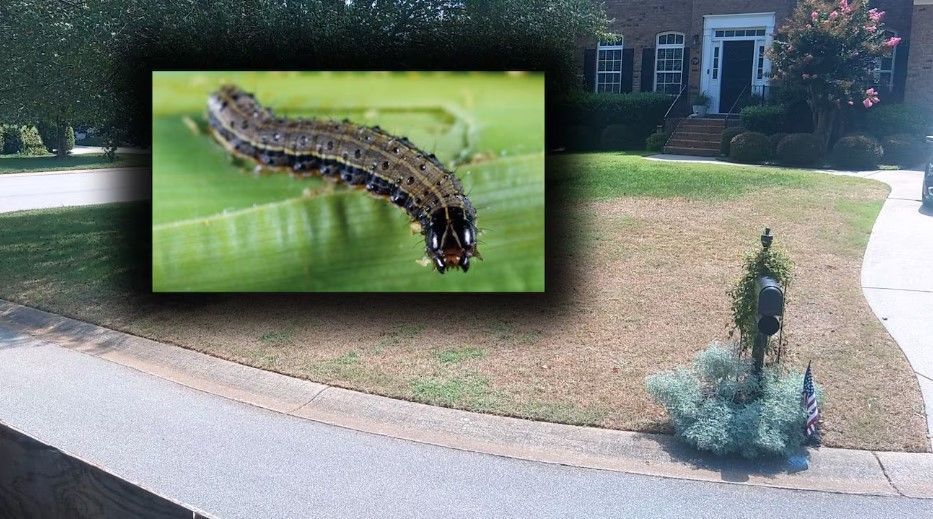
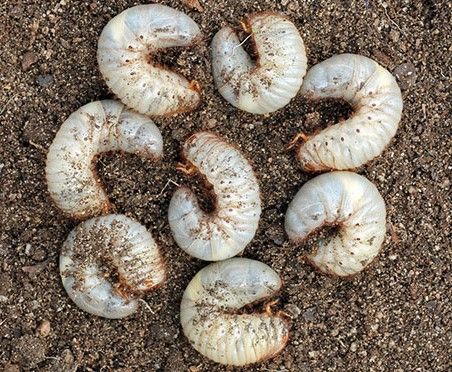
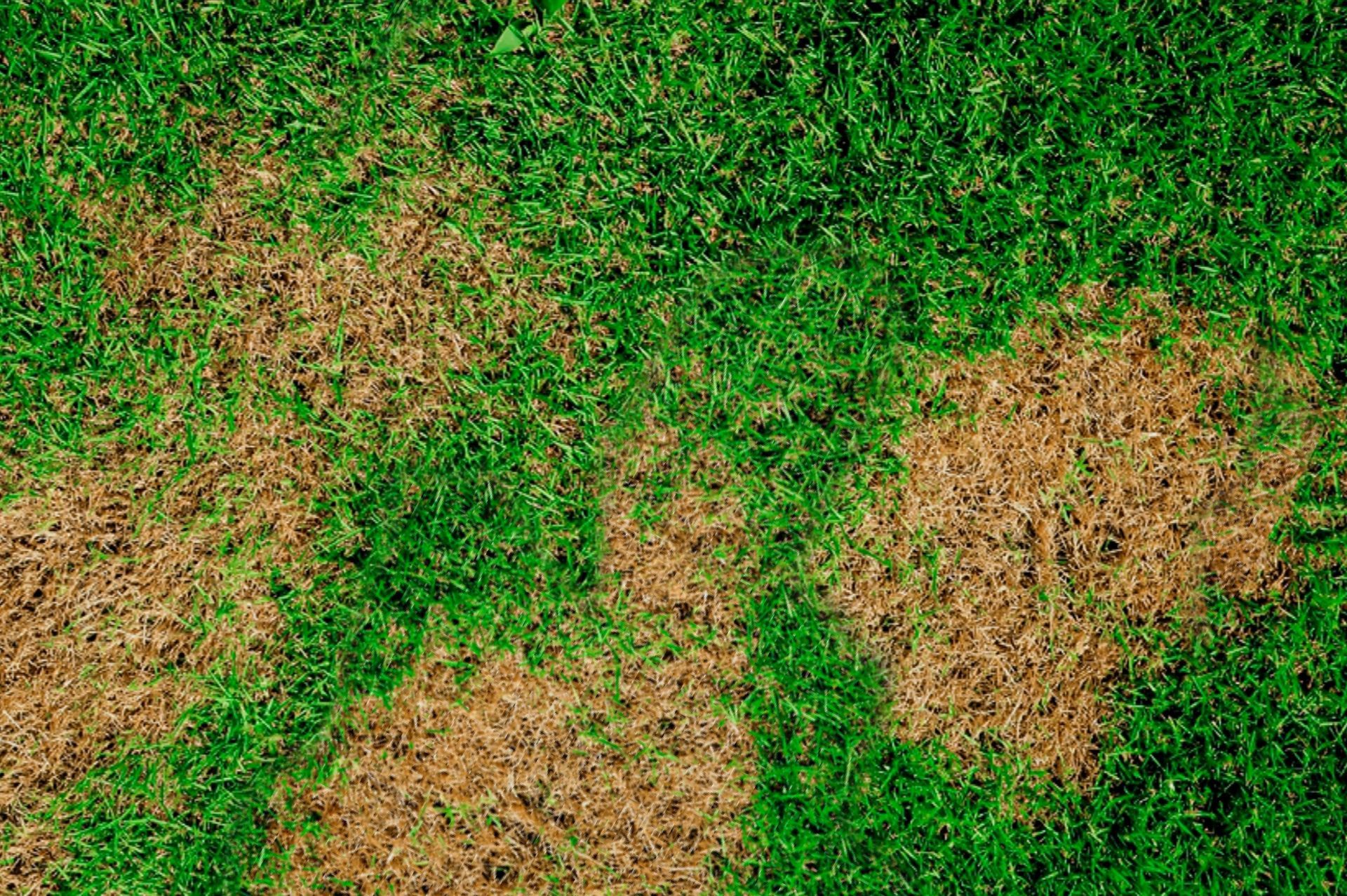
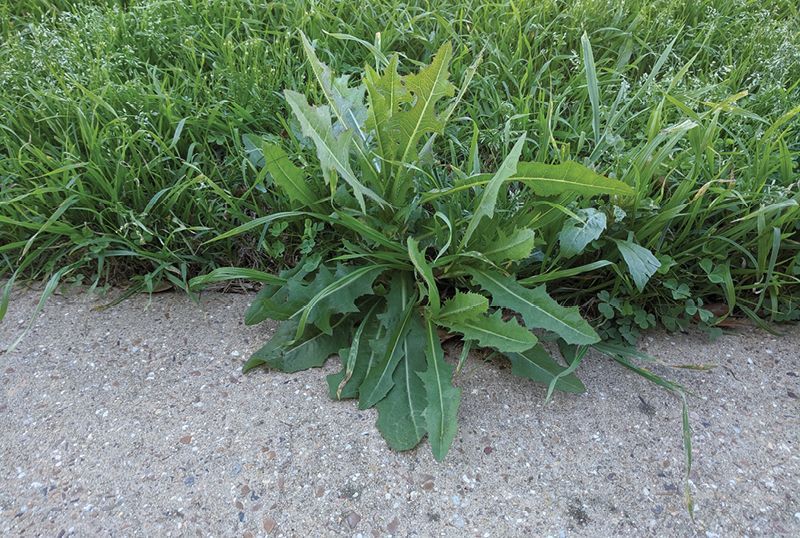
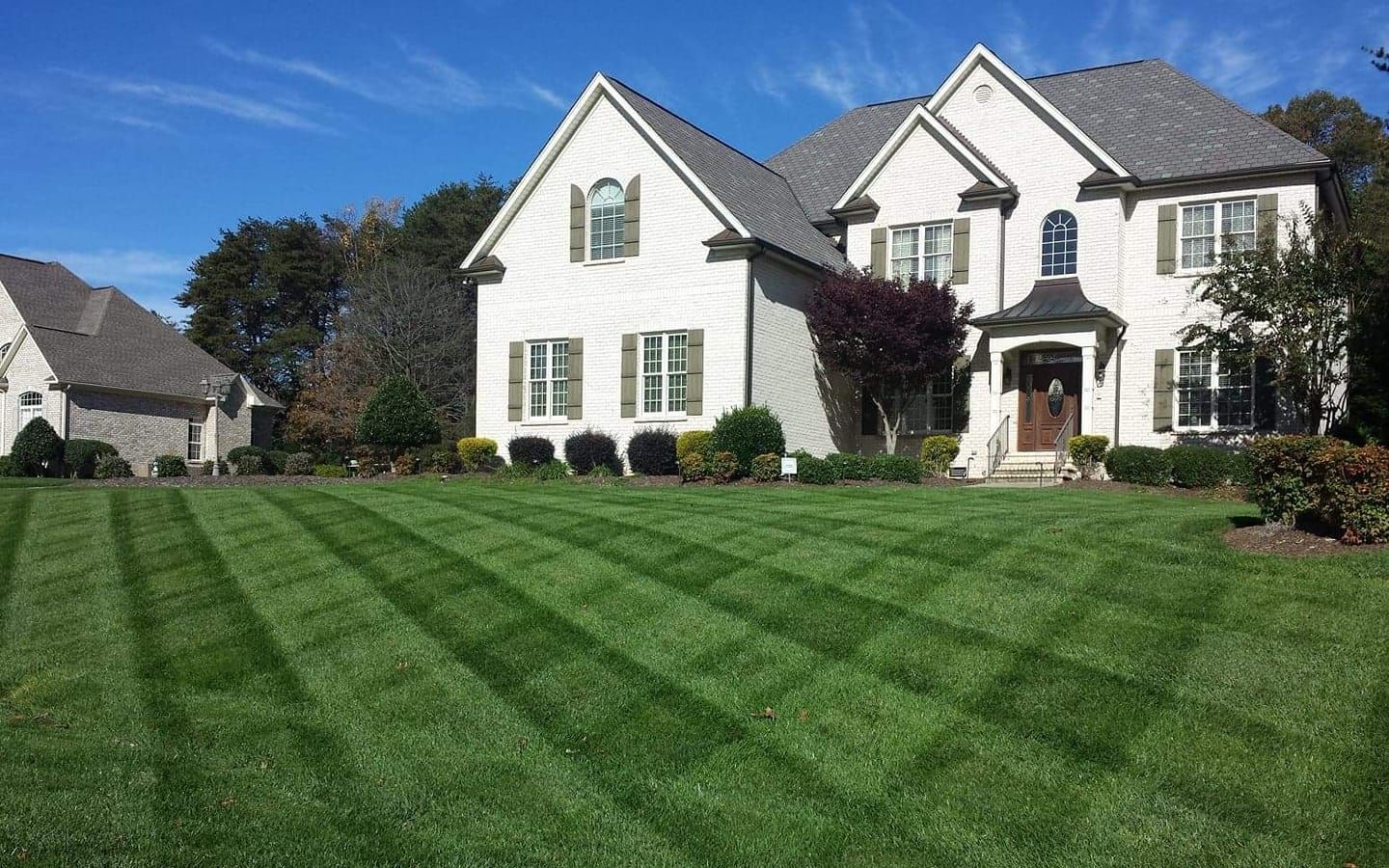

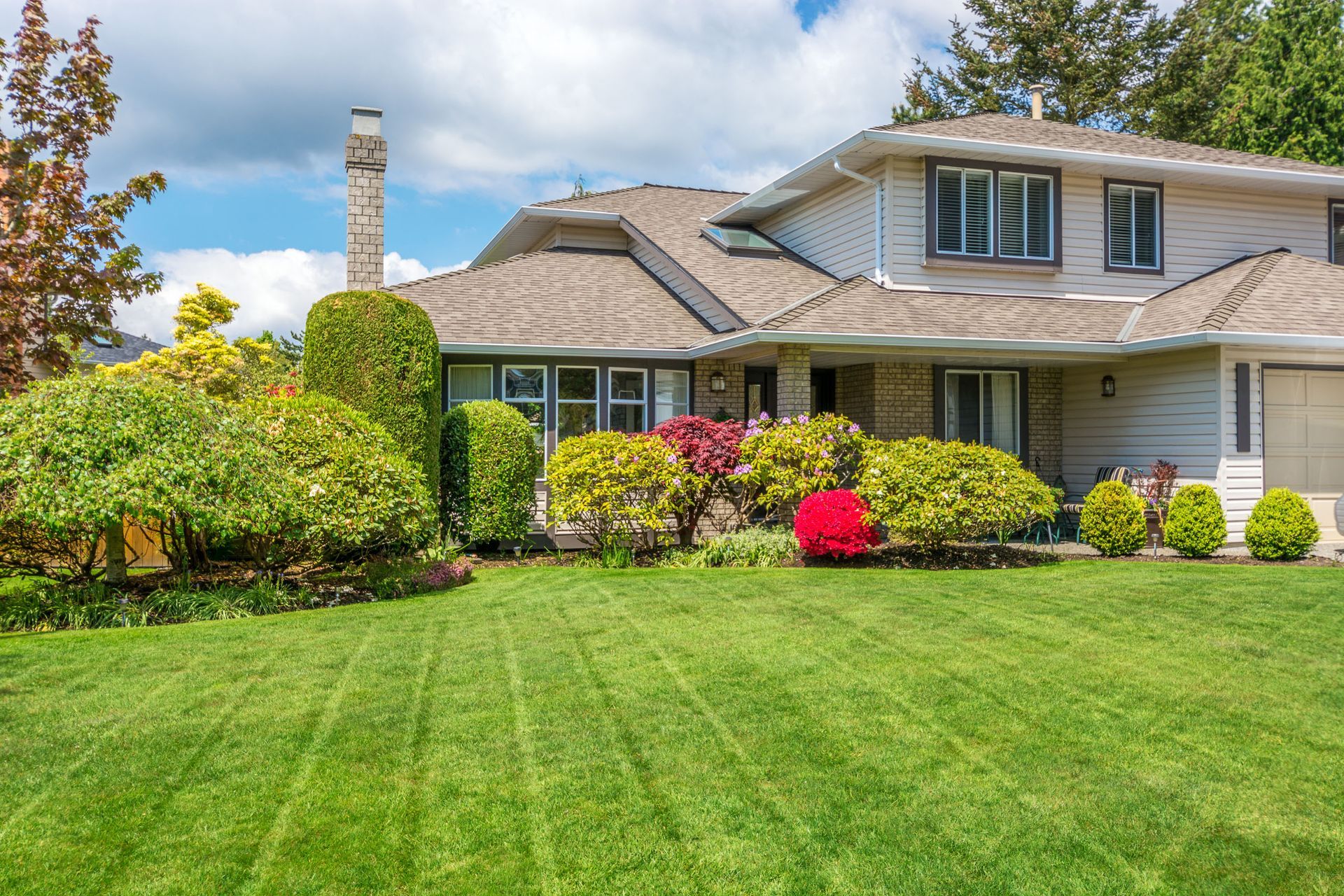

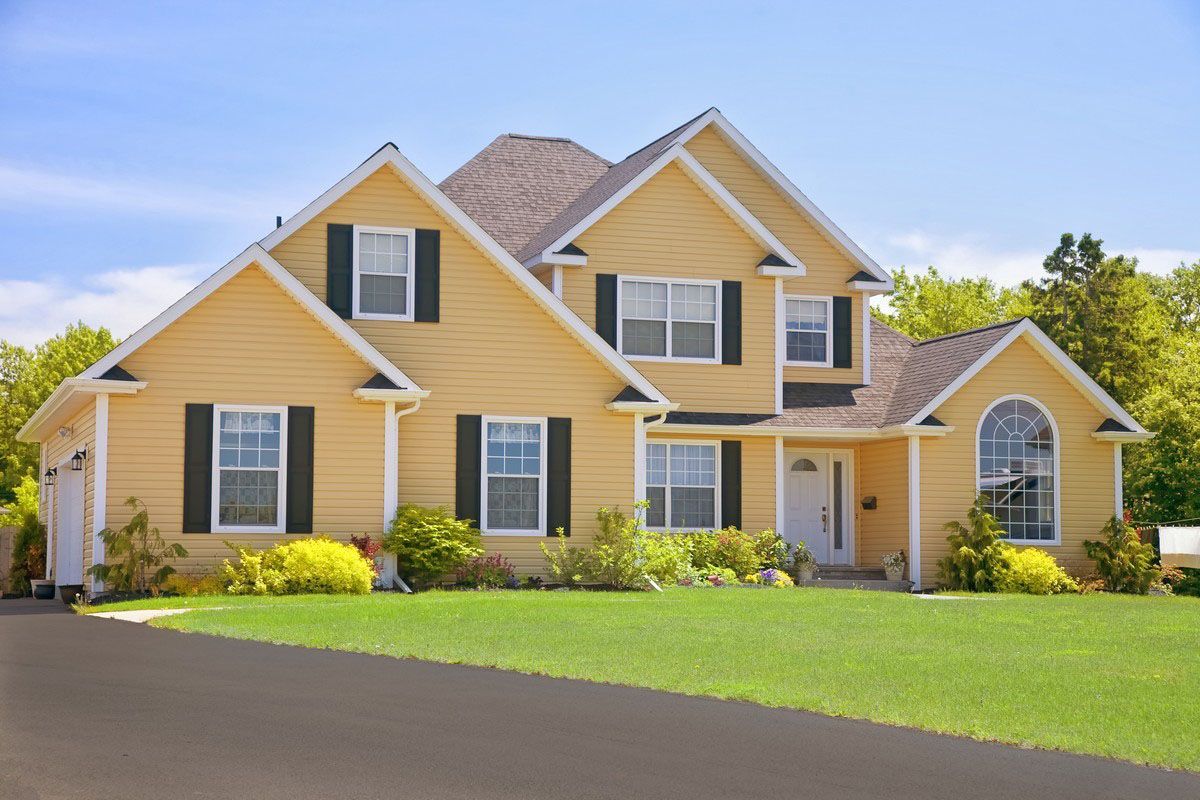

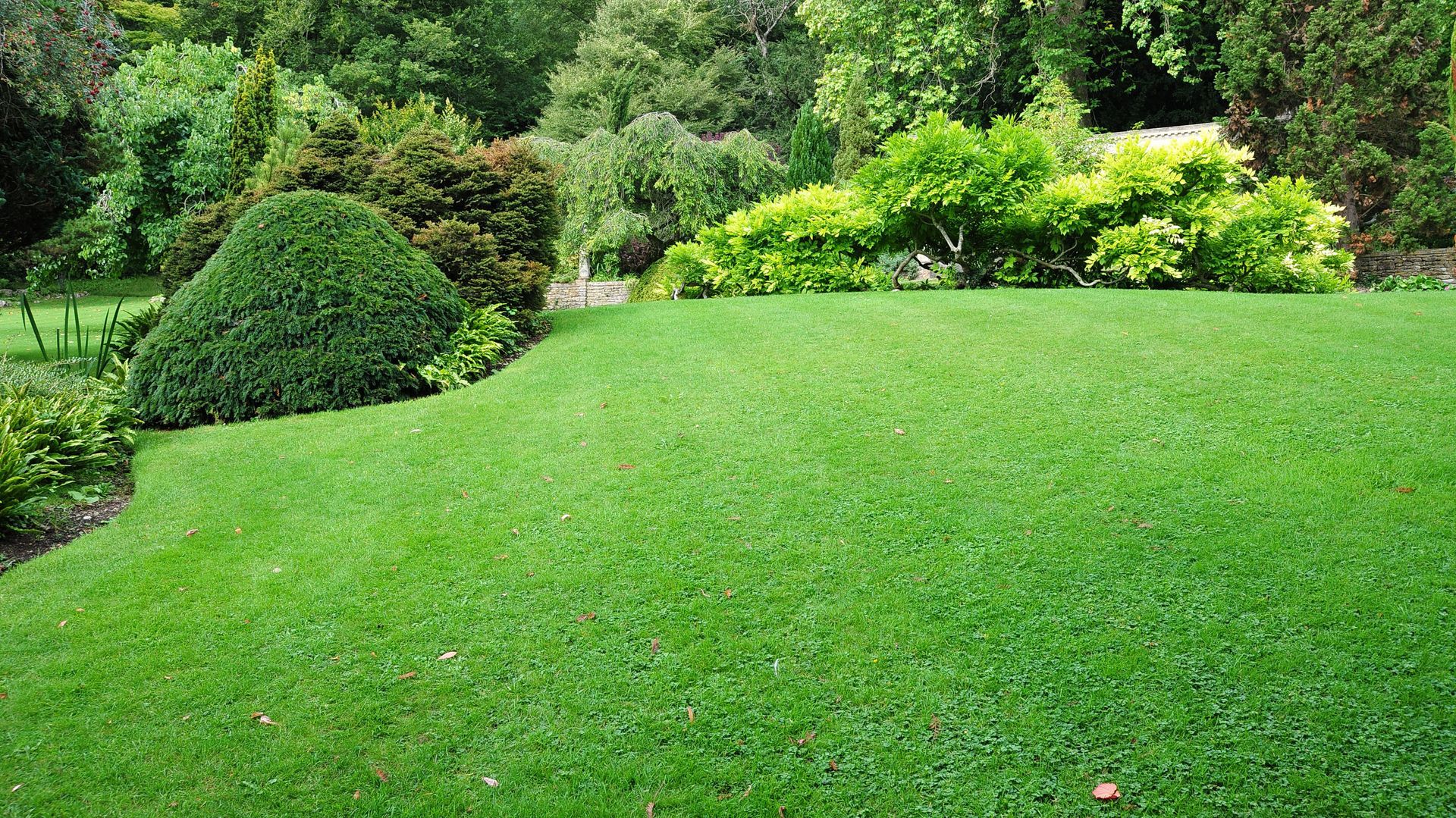
Share On: